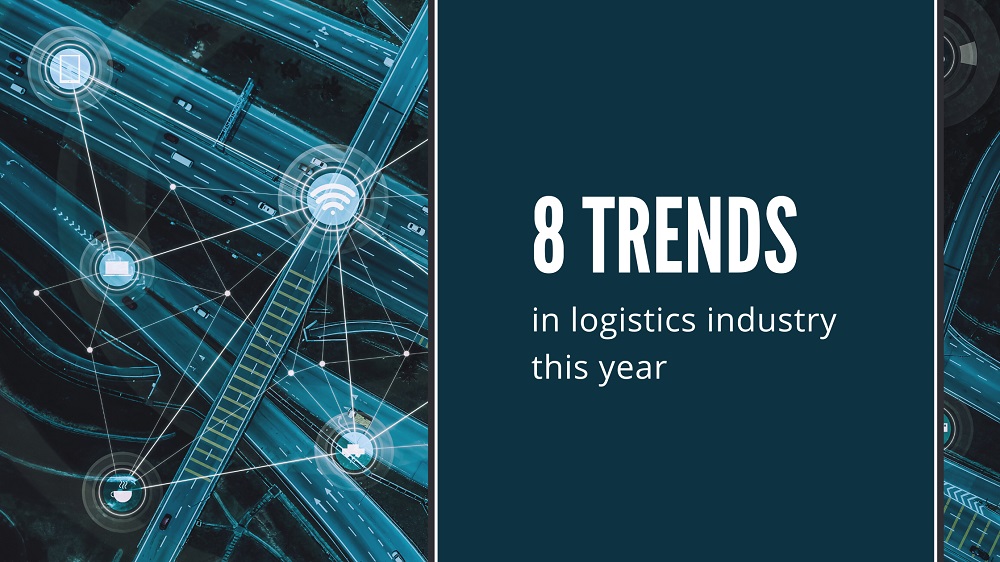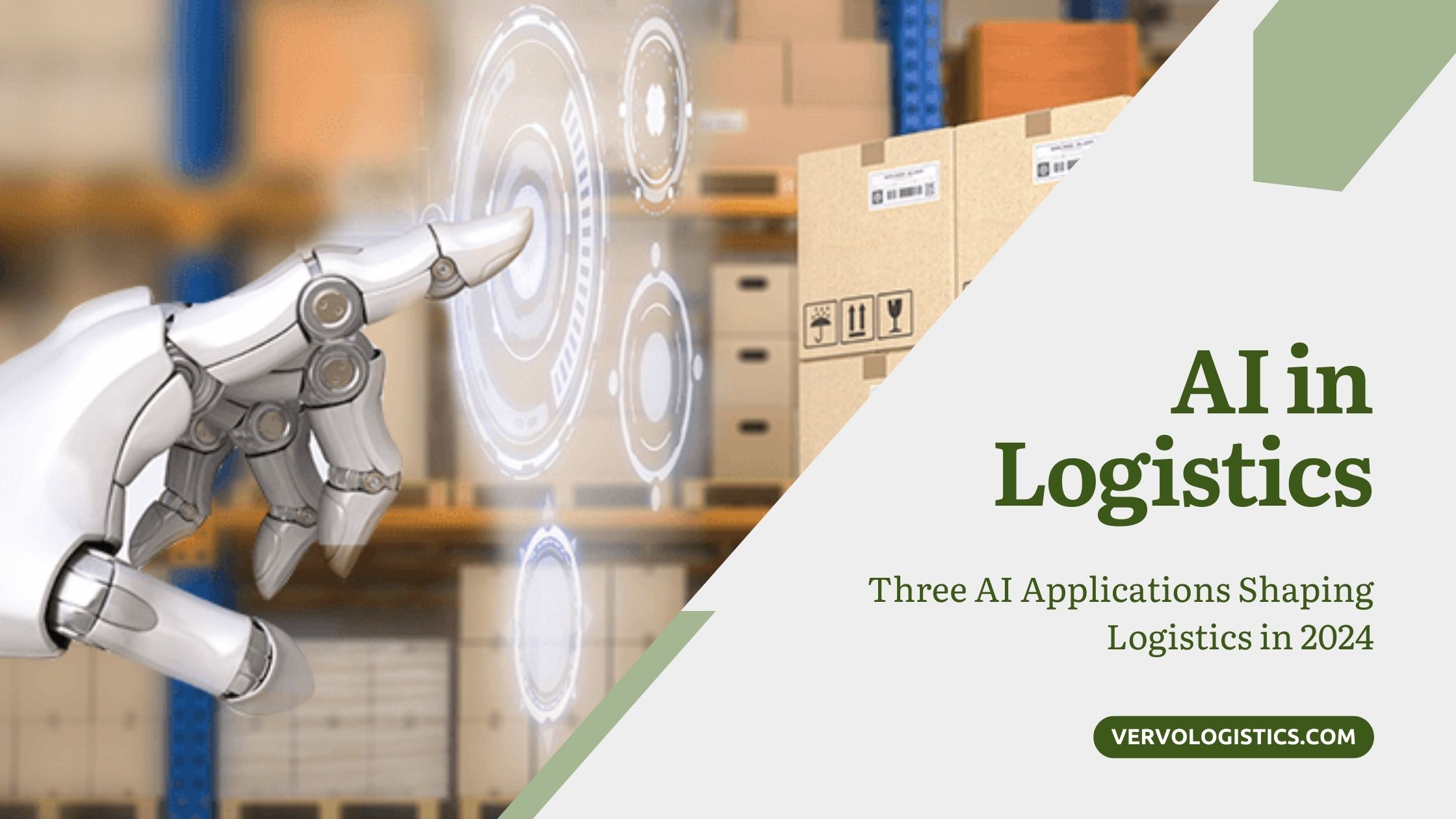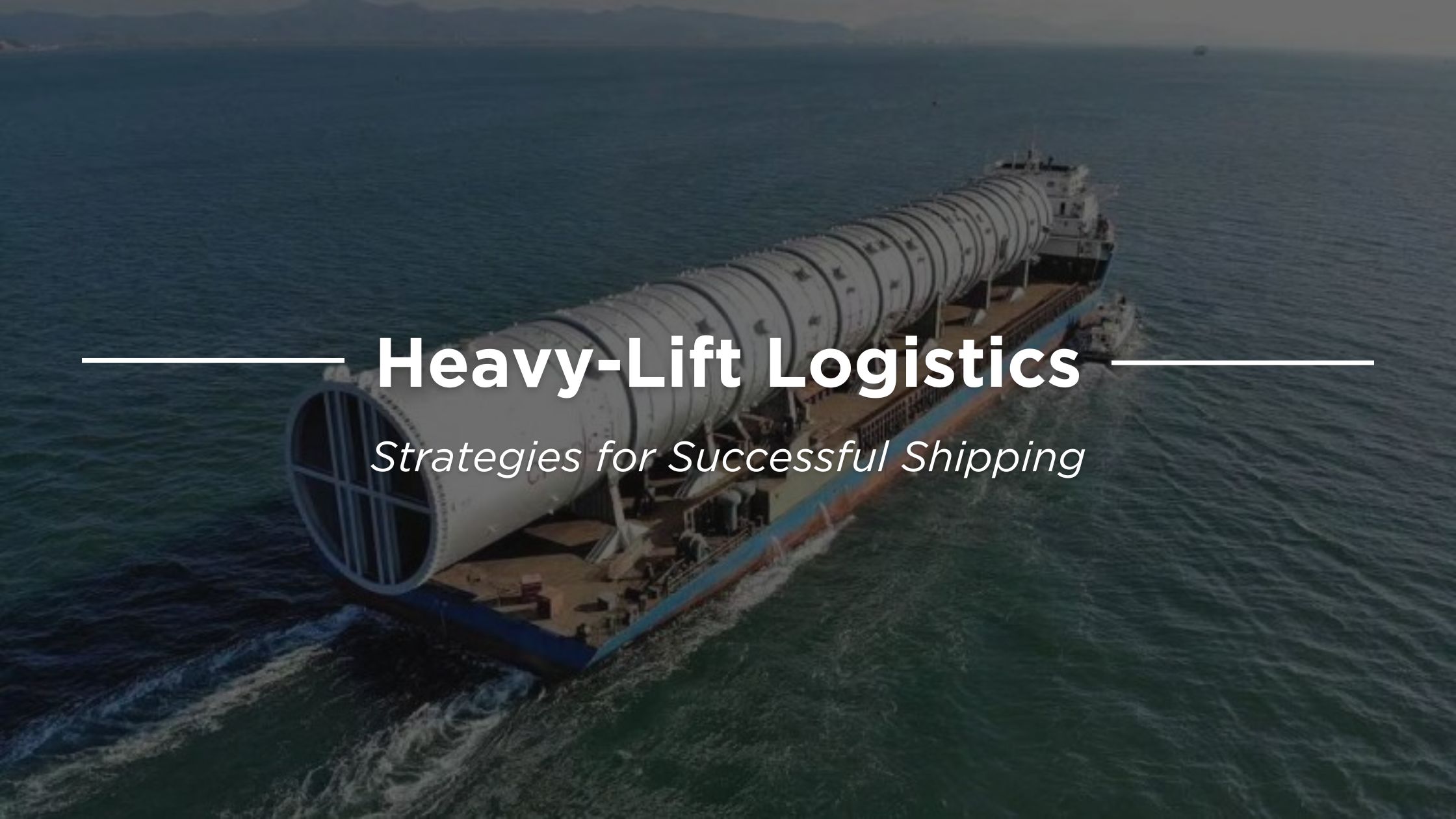With global economic pressures and ongoing geopolitical issues, logistics and supply chain operations will face additional challenges this year. Adapting to uncertainty is vital for business growth in the new normal because opportunities will arise for well-prepared business models.
In this article, experts at Vervo Middle East identify new logistics trends for 2023 that will shape the sector, pushing logistics businesses toward enhanced adaptability.
#1 Automation and digitization
According to the Digital Container Shipping Association, if half of the container shipping sector switched to electronic bills of lading, the worldwide savings would be roughly £3.6 billion per year.
Meanwhile, the International Chamber of Commerce (ICC) forecasts that digitizing commerce might improve international business by 13% for small and medium-sized enterprises. These are only two instances of how digitization has the potential to improve logistics.
Transportation and warehousing are frequently mentioned as two industries with enormous potential to gain from automation. The ongoing transition from manual to digital supply chain processes will continue in 2023.
Enhanced access to insights through data mining, which may lead to better decision-making and increased supply chain visibility, is one of the potential benefits of adopting this transition. Automated logistics has been revolutionizing global supply chains for the last few years, from warehousing operations to picking and sorting functions. This trend allows for more advanced analytics.
#2 Advanced analytics
Data is necessary for businesses to make strategic supply chain management decisions. Most sectors are presently striving for smart automation, which requires less human involvement in management while producing better outcomes.
Advanced analytics is seen as the second most important supply chain technology by 74% of supply chain executives. You can examine your whole supply chain, including its benefits, vulnerabilities, and pain points, using advanced analytics.
Under the umbrella of this trend, check how your logistics partner’s tracking, warehousing, and monitoring systems work. Do they employ technologies such as IoT to streamline your operations?
#3 The internet of things
The internet of things, or IoT, allows data to be sent over a network without requiring human-to-human or human-to-computer contact. IoT is already so widespread that there will be 55.7 billion linked devices on the market by 2025. The Internet of Things supports businesses in various ways:
- Offer a real-time view of how systems work, from simple machine performance to complex supply chain challenges.
- Automate operations and make data-driven supply chain choices easier.
- Reduce manufacturing and delivery costs while improving client data transparency.
Over the next five years, the worldwide digital logistics industry is predicted to increase at a 23% annual pace, with 2023 being a pivotal year for innovation and growth. Digitization is allowing for greater transparency, visibility, and adaptability.
#4 Evolving supply chain visibility
Full transparency and visibility in the supply chain is a relatively new notion that emerged just around 15 years ago. The capacity to handle various items from initial shipment to final distribution is referred to as "supply chain visibility."
According to the GEODIS Supply Chain Worldwide Survey of 623 industry experts from 17 countries, supply chain visibility is the third most important strategic priority, asserting its contribution to boosting profitability.
As technology improves, the pressure to share supply chain data grows. Evolving supply chain visibility is becoming mandatory and inevitable this year and is not optional. In 2023 and beyond, supply chain visibility must advance further by including real-time data integration from end to end.
To improve the whole process and reduce manual tasks and human error, advanced visibility software, such as ERP and warehousing, must integrate multiple management tools. On the other hand, such software greatly contributes to sustainability goals by further reducing manual work that always results in more carbon emissions. In 2023, businesses will continue to look into these practices.
#5 Sustainability
Sustainability is and will continue to be an important aspect of all logistics businesses. The number of freight forwarders shifting to low-carbon operations is increasing.
Due to the war in Ukraine and the adoption of International Maritime Organization 2020 norms, diesel prices increased by 55% in the first half of 2022. We forecast growing diesel costs to continue through 2023.
Sustainable business practices could help reduce nonrenewable power consumption, such as packing stations with lower power consumption or the use of solar energy. Indeed, an expert partner would optimize logistical solutions in terms of route optimization and cargo management to reduce fuel consumption.
#6 Supply chain resilience
The capacity to quickly adapt to uncertainty helps business survival. As climate change intensifies and international commerce becomes more challenging, businesses must become more adaptable than ever to remain competitive and grow.
The adaptive ability to anticipate unforeseen events, respond to interruptions, and recover from them is known as supply chain resilience. Skilled personnel, cutting-edge technology, and robust processes of forecasting, inventory control, supplier management, and market research are major components of a successful supply chain resilience strategy.
As we only have uncertain projections in 2023 about how the Ukrainian war will end or when the global economy will stabilize, carriers must utilize innovative approaches to the logistics industry's existing challenges to continue operations in the long run.
#7 Cybersecurity and logistics sector
Supply chain management, like other industries, is now concerned about cybersecurity. Cyber attacks vary from critical data theft to the holding of data hostage for financial gain. Attacks on supply chain software surged by more than 300% in 2022 compared to 2021. By 2023, all organizations must assess the risk in their digital supply chains and plan efficient mitigation strategies.
#8 E-Commerce is at its peak
The expansion of eCommerce is undoubtedly the most visible and well-known element impacting today's supply chains. Warehouses all across the world are overloaded with stock. In reality, this exceptional demand pressure represents the fastest-growing peak in the next five years.
A final word
This was just a glance from Vervo Middle East about the themes of logistics this year. Themes of industry digitalization, sustainability, and optimization of logistics processes are still trending in 2023. However, all trends seek to make the business more adaptive in the face of today's economy and demand. We will continue talking later about how logistics businesses can stay adaptive amid the new global uncertainty.
At the Vervo Group, we managed to continue growing despite global uncertainties. Our business model is based on building flexible supply chains and fostering a culture of resilience. We have handled tens of thousands of freights for over 8000 clients. Vervo Middle East's team of freight experts in Dubai is ready to tackle any logistical challenges.
All logistics and transportation services cover more than 120 countries and include a wide range of solutions and transportation modes. You can always contact us via email at




